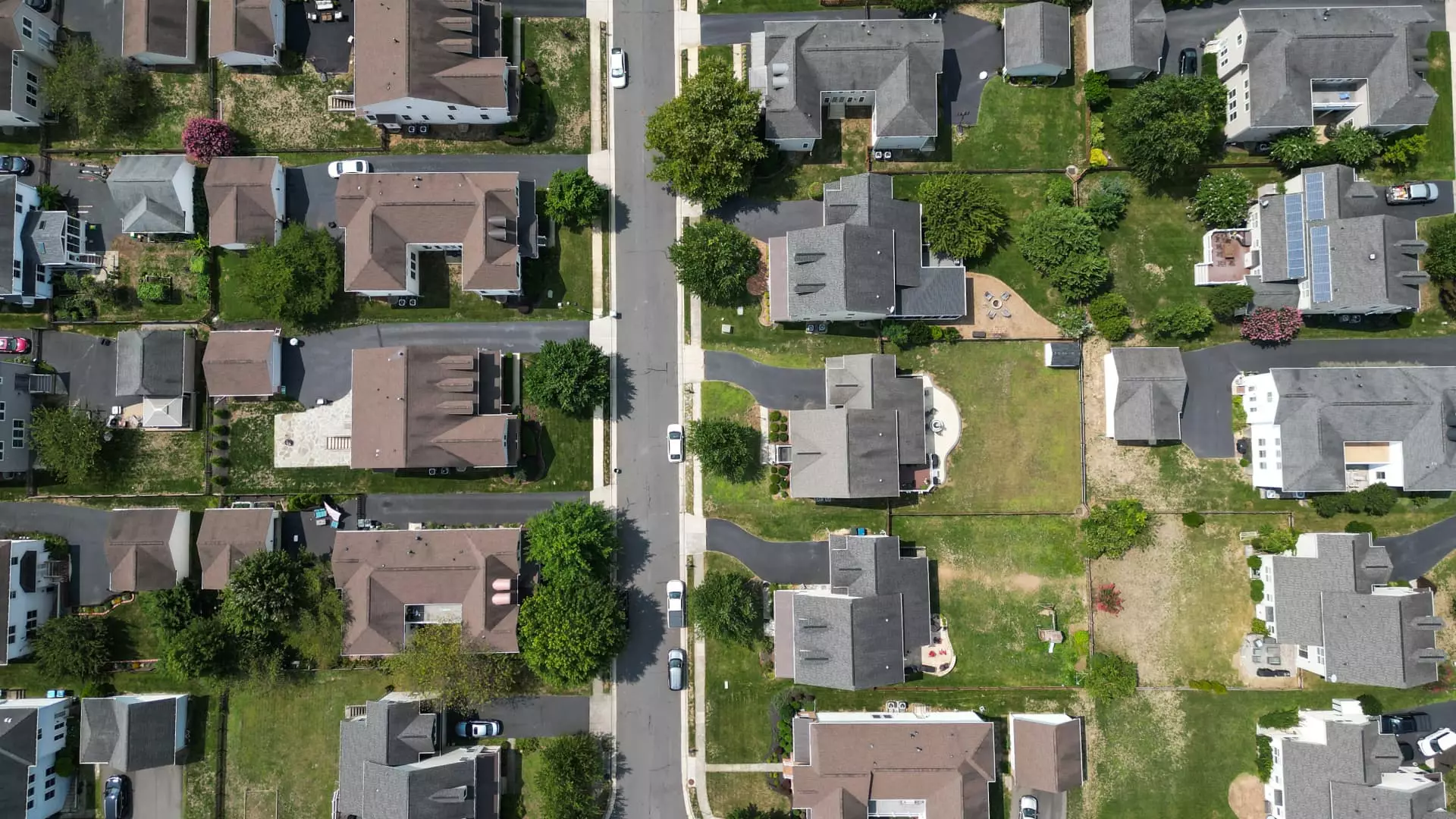Recent fluctuations in mortgage rates, which dipped to their lowest levels since April, have ignited a spark of hope among homeowners and refinancing applicants. A 7% weekly increase in refinance applications signals a short-lived thrill of opportunity. Yet, this apparent boon may mask a more unsettling reality: the fragile nature of this downturn and its limited impact on prospective homebuyers. While the numbers seem promising on the surface, a closer analysis reveals that the underlying economic climate remains far from favorable for the average consumer seeking to buy or refinance a home.
Refinancing Frenzy: A Reflection of Short-Term Variability
The rise in refinance applications, notably a 10% surge in conventional loans and a remarkable 22% jump in VA refinancing, indicates that some homeowners are capitalizing on the moment. However, the increase in the average loan size to over $313,700 underscores a concerning trend: those who are refinancing are often wealthier, with larger loans that are more sensitive to rate changes. This suggests that the benefits of falling mortgage rates are disproportionately skewed toward a relatively privileged segment of borrowers. For the average homeowner or first-time buyer, the opportunities remain limited, especially amid ongoing economic uncertainties.
Homebuyers Remain Hesitant: Confidence Still Lacking
Despite the rate decline, the enthusiasm among prospective buyers appears muted, with purchase mortgage applications showing a negligible 0.1% weekly increase and only a 16% rise year-over-year. This tepid response highlights a persistent sense of hesitance in the housing market, driven by factors such as fluctuating economic conditions, inflation concerns, and an overall climate of uncertainty. The idea that cheaper borrowing costs automatically translate into increased home purchases is overly simplistic; consumer confidence, debt levels, and market stability play equally vital roles. Until these elements improve, low rates are unlikely to catalyze a robust housing boom.
The Broader Economic Context: A Cautionary Tale
As mortgage rates continue to fluctuate, the broader economy exhibits signs of fragility. Recent job openings data, which suggests an ongoing tight labor market, has paradoxically failed to bolster homebuying enthusiasm. Instead, this paradox underscores the complex interplay between employment trends, inflation, and consumer spending. For center-leaning liberals advocating for economic stability and equitable growth, these mixed signals reinforce the need for thoughtful policy interventions rather than placing undue faith in short-term rate movements.
In Summary: A Cynical View of Short-Term Gains
The recent decline in mortgage rates offers a temporary illusion of relief, but it cannot mask the deeper economic challenges facing the housing sector. Homebuyers remain cautious; refinancing benefits are skewed toward wealthier borrowers, and the overall market sentiment remains subdued. While some may seize the moment for a quick financial win, sustainable housing affordability and market stability demand more comprehensive solutions, not fleeting rate dips. These fluctuations should serve as a reminder that real progress requires systemic change, not superficial market corrections.

